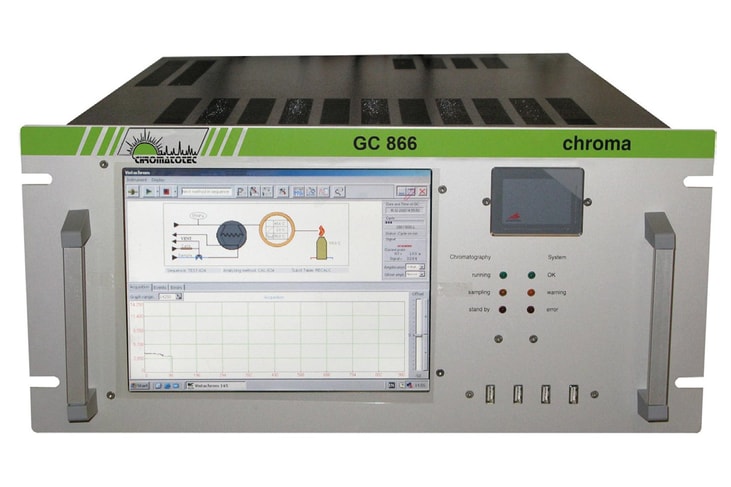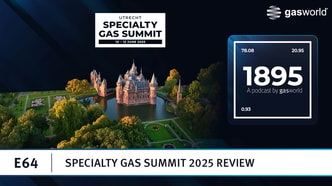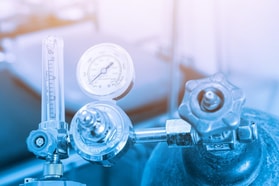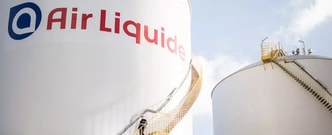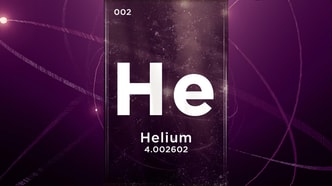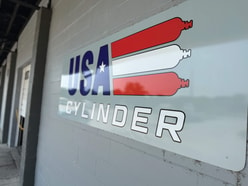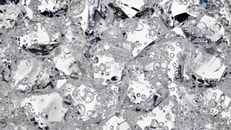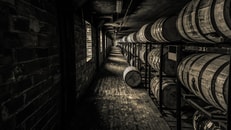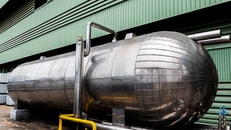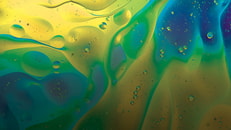CO2 quality control: Gas chromatography solutions
Carbon dioxide (CO2) is a colourless, odourless and inert gas produced by all aerobic organisms through respiration. Fermentation of sugars and combustion of wood, fossil fuels and other organic materials are also among the main natural sources of CO2.
Typical concentrations in ambient air range between 0.03% volume (300 parts-per-million/ppm) and 0.06% (600 ppm). Concentrations above 5% (50,000 ppm) are dangerous to life and health, as the TLV (Threshold Limit Value) or daily maximum exposure limit recommended for an adult is 0.5% (5,000 ppm).
CO2 can also exist in a liquid or solid phase, depending on temperature and pressure. Gaseous CO2 can be liquefied under pressure if the temperature is below 31°C (critical point). At atmospheric pressure, the gas changes directly into its solid state (sublimation) at temperatures below −78.5°C, leaving no moisture or residue. In its solid state, CO2 is called dry ice and used in cooling systems.
... to continue reading you must be subscribed

